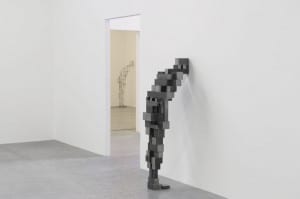After me, Sam, Paul and Sarah all decided on what the 101 things were. We decided to break them down into what we all wanted to do. The tasks I am going to do are:
1- Have a conversation via the trolley. This will need all 4 of us.
2- Create an obstacle course. This will need me and somebody to take a photo of the obstacle course.
3- Dining Experience. This will need all 4 of us.
4- Pac Man. This will need all 4 of us.
5- Trolley Race Inside. This will involve all 4 of us.
6- Trolley Race Outside. Again this will involve all 4 of us.
7- Take Trolley up and down the stairs. This will involve me and somebody else to take a photo.
8- Pick a trolley up and carry it instead of pushing it around. Again 2 people, me and somebody else.
9- Breakdown Trolley. This will be me on my own, until I meet with Paul.
10- Planking. This will need 2 people. Me and somebody else.
11- Sleeping. This will need just me.
12- Play Football with the trolleys as goals. This will need only me and somebody else to play against.
13- Music Trolley. This will only need just me.
14- Barricade of Trolleys. This will be me and Sam.
15- Bank. Just me on my own.
16- Create a maze in one of the group rooms. This will be me and somebody else.
17- Trolley Taxi. Just me and Sam.
18- Write a book while explaining your ride. Me and Paul will be doing this one.
19- NERF GUN SHIELD! This will be me and somebody else. Well anybody who wants to join.
20- Rehearse a play scene. Just me and somebody else.
21- Mime using a trolley. I will be on my own for this.
22- Push the trolley upside down. On my own.
23- Turn the trolley into a bin. I will just be walking around the library.
24- Stack the trolleys. I will be on my own.
25- Make the trolley into a musical instrument. I will just be walking around the ground floor of the library making music.
All of these are going to be a lot of fun but, it is going to take some organising to make it run all smoothly, but I am confident that everything will go according to plan.





